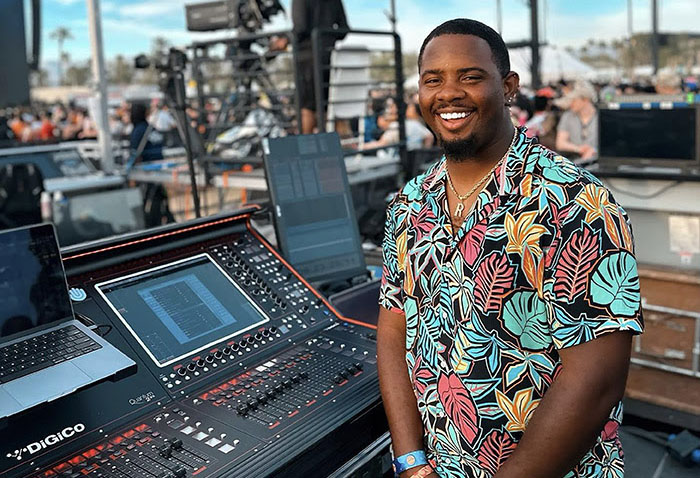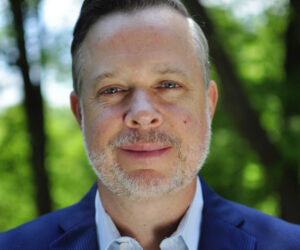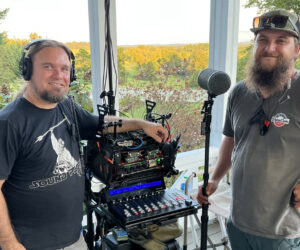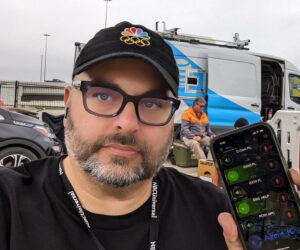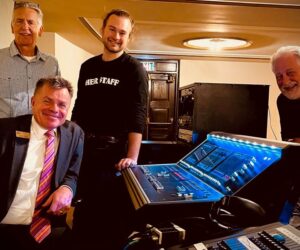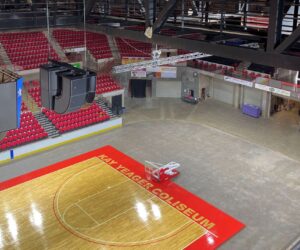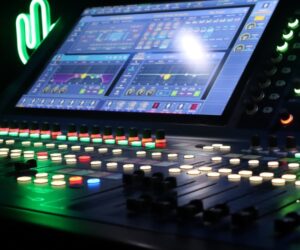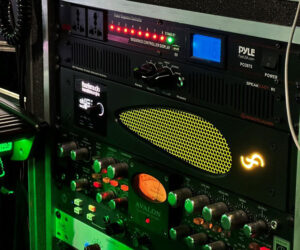The recent 68-date Motomami world tour by multiple Latin Grammy-winning artist Rosalia Vila Tobella, a.k.a., Rosalía, saw front of house engineer Ricky Ashford, who has been working with the singer for almost two years, delivering mixes first via a DiGiCo Quantum338 and later a Quantum225 mixing console.
“I’ve been using the Quantum338 since the console’s release three years ago,” says Ashford. “For the second phase of the Motomami tour, we utilized the Q338 alongside its slimmed down version Quantum225, with the Q225 also offering us as much channel count and robustness as we need for Rosalía.”
Ashford points to the speed of the Quantum engine as a primary reason for his choice of the platform: “I like the SD Series, but Quantum is just so much faster. The desk offers a vast dynamic range. Input-wise, as soon as you introduce something into it, it feels much more refined and crystal clear, almost like upgrading from a 1080p image to 4K resolution, which is incredibly helpful for fidelity and ensuring the sound is exceptionally clear and precise.”
The setup for the tour includes 60 inputs, 24 channels of playback, eight talkbacks, and four microphones, including the main microphone and two guest microphones, along with six audience microphones. In addition, Rosalía utilizes 12 channels for keyboards, and there’s also a grand piano in the middle of the stage for her solos, plus a guitar, and a keyboard player who incorporates an organ and other keyboards.
Ashford also points to Quantum attributes such as Mustard and Spice Racks and the EQs. “On other desks, I’ve had to make extensive adjustments to get the result I needed,” he explains. “With the Quantums, I only have to do a fraction of the work to achieve the outcome I need. They provide me with greater dynamic range and more room to work. One feature I prioritize is Snapshots — I use multiple Snapshots in some songs. I also synchronize everything with timecode as I don’t like to freehand my shows. I’ve made it a point to be as precise with my sound as the lighting team is with the lights. If the show has SMPTE, I like to timecode the entire performance, allowing me to stay in sync with everyone.”
In addition, when he creates a session or starts working with an artist, he utilizes the Notes section on the desk, along with the MIDI section, which allows him to automate MIDI changes to external devices on the desk. “I don’t always want just one small preset. This way, as the Snapshots change, it changes the entire desk, along with other outboard units,” he says.
“The Quantum allows me to do everything I want with it. It’s all about creative freedom and being able to ‘paint’ with sound. It’s a fantastic console, and the only one I want to work on,” he concludes, confirming that he will be using DiGiCo consoles for the Latin Grammys in Spain in November.


